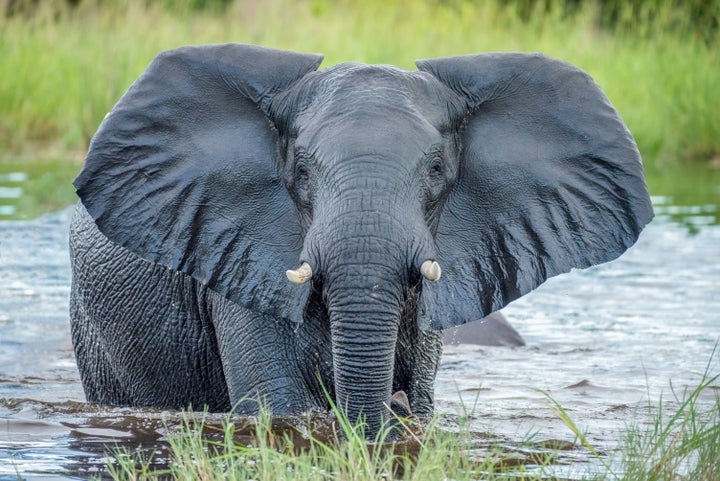
According to the Royal Society, all mammals have facial whiskers, with the exception of great apes and humans.
Now, if that wasn’t big enough news in itself (just me?), it turns out that elephants have whiskers in what is a pretty weird place, TBH.
So, to paint a picture, the vast majority of mammals consume food through the front of their mouths. Large whiskers on the sides of their moutb help them to locate the food and smaller whiskers at the front pick up on the details of exactly what they’re about to eat, helping them to scoff it down.
However, elephants do things a little differently.
“I have studied whiskers all my life, but I have never seen a mammalian mouth like this,” said Professor Michael Brecht from Humboldt-University Berlin, who directed a new study on elephant whiskers, published in Annals of the New York Academy of Sciences.
Where elephant whiskers actually are
Elephant whiskers are actually the reverse of most mammalian whiskers; with short whiskers being at the sides of their mouths and longer whiskers sitting at the front of their mouths.
Additionally, according to BBC Wildlife, in the same way that we are left or right handed, elephants have a dominant side when it comes to using their trunks, placing food in either the left or right side.
In the study, researchers, who refer to this as ‘trunkedness’, explain that the whiskers on an elephant’s mouth will be worn-down on the side most frequently used by the trunk to deliver food.
In the study, researchers concluded: “Our findings suggest elephant mouth architecture is highly exceptional and specialised for lateral food insertion, a hitherto unrecognised driver of elephant lateralisation.”